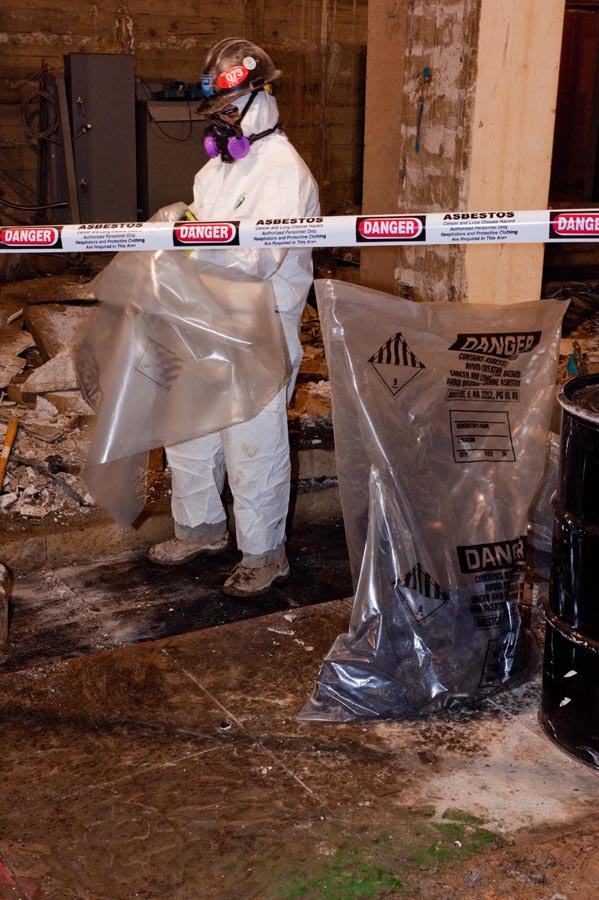Asbestos is a mineral comprised of soft, flexible fibers that are unaffected by;
- Electricity
- Heat and
- Corrosion
These properties make the mineral beneficial. Nonetheless, they make asbestos highly toxic.
Asbestos is an excellent insulator and can be used in cement, cloth, plastic, paper, and other materials to strengthen them. Nonetheless, when asbestos particles are ingested or inhaled, mineral fibers can become permanently trapped in the body.
Research shows that asbestos exposure is a concern for industries dealing with the following:
- Asbestos minerals Processing
- Mining of asbestos from mineral deposits
- Construction industry
- Manufacture of asbestos-containing products
- Vehicle clutch and brake repairing
- Plumbing and pipe fitting
- Demolishing or renovating watercraft constructed using materials containing asbestos
- Insulation and heating trades
- Disposing of asbestos waste
Asbestos exposure is risky and may lead to health problems. The risk of diseases depends on factors such as:
- The amount of asbestos is in the air
- Duration of exposure
- Duration after exposure
- Whether or not a person has respiratory problems and
- Whether or not a person smoke
Asbestos-Related Diseases
Scientific studies have shown that the following non-cancer diseases can be caused by inhaling asbestos:
- Asbestosis is damage in the lungs due to breathing asbestos particles. Carbon dioxide and Oxygen do not pass out and in the scarred lungs appropriately, so breathing difficulties arise. Asbestosis occurs typically in people who have been exposed for a long duration of time, but it may take many before any signs appear.
- Pleural disease: this is a lung condition that affects the membrane around the thoracic cavity (pleura) and lungs. The membrane may thicken throughout or in isolated areas cause pleural plaques, or fluid may build up around the lungs. Not everyone with pleural changes will have breathing problems, but some may have less efficient lung function.
Asbestos exposure also increases the risk of developing certain cancers:
- Mesothelioma refers to the membrane surrounding the thoracic cavity (pleura) and lungs, the abdominal membrane, or the membranes covering other internal organs. Mesothelioma Symptoms may take up to forty years after asbestos exposure to show up.
- Lung cancer refers to a malignant growth that blocks the respiratory air passages. Asbestos exposure combined with tobacco Smoking dramatically enhances the risk of developing lung cancer.
- Besides Mesothelioma and lung cancer, asbestos may also cause ovarian cancer and cancer of the larynx. Recent studies indicate that asbestos exposure can also cause stomach, pharynx, and colorectal cancer.
After exposure occurs, asbestos fibers cannot be drawn out of the lungs. Taking preventive measures to avoid further damage to the respiratory system may lower the risks of developing a disease or slow down the escalation of a preexisting condition. Preventive measures related to asbestos exposure and especially Mesothelioma, include;
- Avoiding further asbestos exposure
- Getting a regular medical checkup
- Quitting smoking
- Getting vaccinated regularly against pneumococcal pneumonia and flu
Additionally, you can file a mesothelioma claim against industries dealing with asbestos products. You need to prove that their activities caused your illness. To achieve this
You need to present;
- A medical statement linking your illness to asbestos
- Diagnosis of Mesothelioma
- History of working for a company dealing with asbestos-related products
- Product history of asbestos usage


